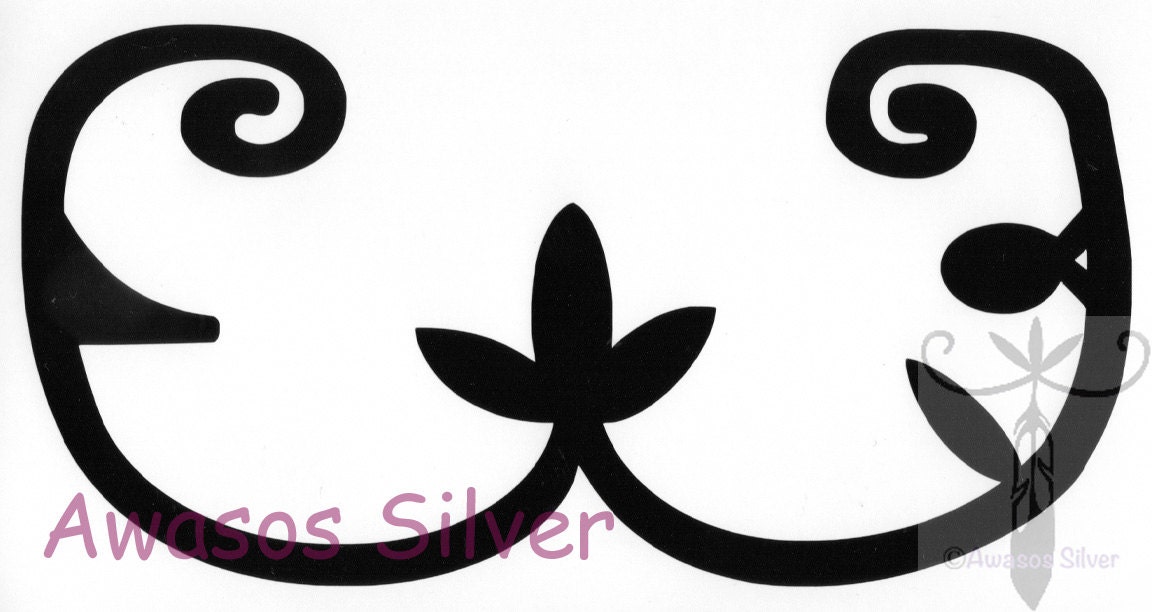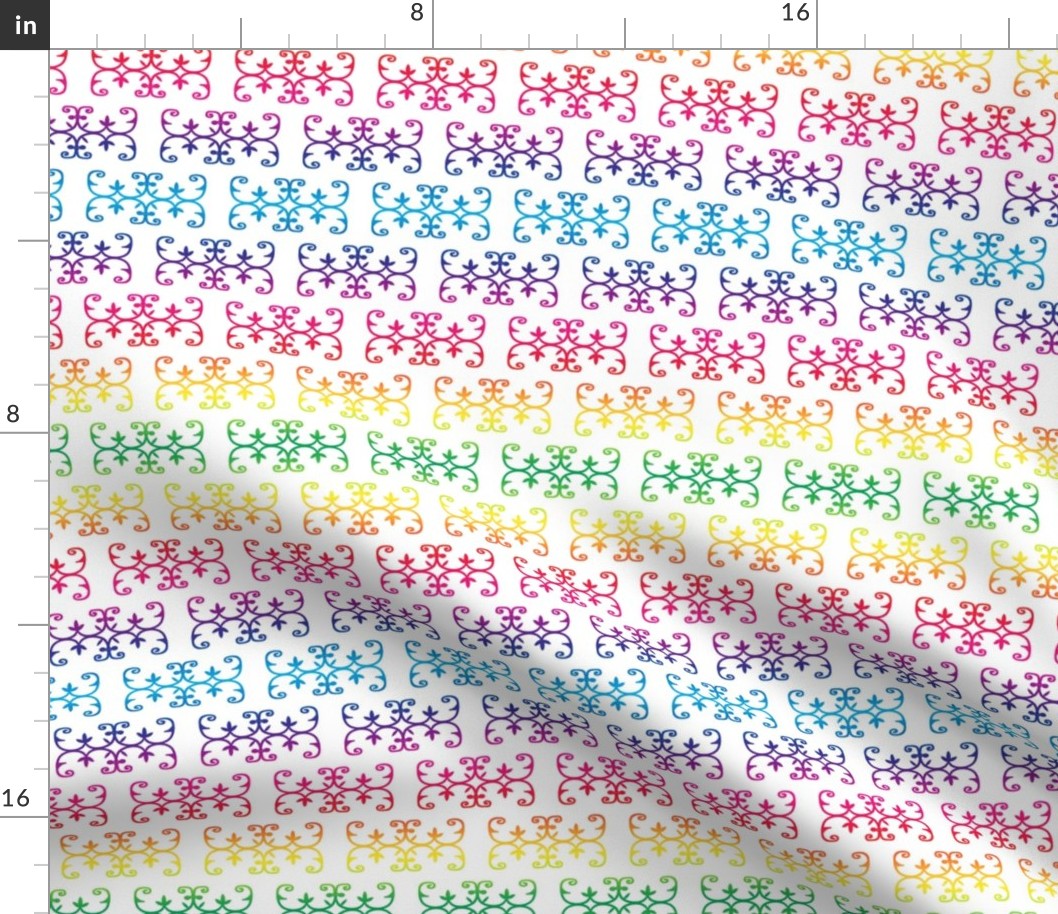
The Double Curves Mi'kmaq Printing & Design
The development of Indigenous art in Canada is in many ways more complex than that of the relatively recent European settlers, and may be divided into three distinct periods: prehistoric art, contact or "historic" art, and contemporary Indigenous art.

Small Tote Bag Double Curve Mi'kmaq Printing & Design
Julian, an acrylic artist and member of the Millbrook First Nation in Nova Scotia, went with a large eagle surrounded by the Mi'kmaq double curved for his design. He also incorporated an orange heart in the middle of the eagle, which honours residential school children.

Large Zippered Tote Bag Double Curve Mi'kmaq Printing & Design
Indigenous culture Petroglyphs Kejimkujik National Park and National Historic Site History written in stone The most noticeable traces left by the early Mi'kmaq are the engravings they created in the glacially polished slate outcrops found at several locations around lakeshores.

The Double Curves Mi'kmaq Printing & Design
It features the Mi'kmaq double curve, which is an ancient design that was preserved in Mi'kmaq rock art. Melissa Peter-Paul says the Mi'kmaq double curve design was inspired by ancient petroglyphs.

Mi'kmaq decal with double curves
Native North Americans. Folk Costume. First Nations, Mi'kmaq - Ceremonial Robe, ca.1825 - Originally a mass-produced European jacket, the lapels and collar of this coat were removed by a Mi'kmaq artisan and replaced with gray and red silk ribbons, embroidered with white glass beads in a traditional floral motif. American Indian Crafts.

Mi'kmaq/Wabanaki double curve decal
We acknowledge that we are in Mi'kma'ki, the traditional and ancestral territory of the Mi'kmaq people. We recognize the peace and friendship treaties signed between the British crown and the Mi'kmaq from 1725 to the 1760's. We are all treaty people and we have rights and responsibilities as Mi'kmaq and settlers alike.

The Double Curves Mi'kmaq Printing & Design
Extracts from Maliseet &Mi'kmaq:. From these patterns and aboriginal designs developed the double-curve motif, which is the most popular form used today. Europeans also brought with them a new technology, and different materials for tools, weapons, clothing and decoration. The Mi'kmaqs and Maliseets quickly adopted those materials and.

Large Zippered Tote Bag Mi'kmaq Double Curve Mi'kmaq Printing & Design
Mi'kmaq Printing & Design Women's Double Curve V-Neck $30.00 Double curves, although there are many different variations and styles that you would see in not only ancient stone carvings and regalia but also in contemporary Mi'kmaq art.

Large Tote Bag Mi'kmaq Double Curve Mi'kmaq Printing & Design
The Mi'kmaq is one of the confederacies of five tribes that made up the Wabanaki, all of whom shared designs in their textiles, the most common being the double curve motif. The defining.
New Mi'kmaq printing company creates jobs and cultural awareness CBC News
Women came to wear woolen jackets, skirts, and in the 19th century, the large, unusual-looking peaked caps, often ornamented with the distinctive double-curve motif. Mi'kmaq Traditional Beliefs. We know more about traditional Mi'kmaq material culture than we do about their traditional beliefs.

DoubleCurveMi_kmaqRainbowonBlack Spoonflower
Marcus explaining the significance of the ancient Mi'kmaq Double Curve Design to staff at the Beothuk Interpretation Centre. He says that the double curve represents our life cycle: the curve on the left symbolizes our youth; the centre represents middle age; and the curve on the right symbolizes becoming a senior or Elder. See less Comments

DoubleCurveMi_kmaqRainbowonWhite Fabric Spoonflower
One interpretation of the "double-curved motif" on women's caps such as this is that they represent life, with one end of the curve being the beginning, the line as the middle, and the other curve as the end: "We end up where we started.". Histories of the Mi'kmaq Grand Council and treaties with other nations were also recorded.

Mi'kmaq Star. 8 point star in brown stain with double curve in teal
Mi'kmaq Printing & Design Large Zippered Tote Bag Double Curve $25.00 Large totes feature a zipper. Double curves, although there are many different variations and styles that you would see in not only ancient stone carvings and regalia, but also in contemporary Mi'kmaq art.

Small Tote Bag Double Curve Mi'kmaq Printing & Design
The Mi'kmaq see their world as having many levels of existence. The "persons" that inhabit it include humans, animals, unusual rocks, mountains, stars, thunder and wind. Power — how it is gained, used and lost, and the consequences of having it — is the central theme of almost every story. It was both respected and feared by the Mi'kmaq.

Large Zippered Tote Bag Mi'kmaq Double Curve Mi'kmaq Printing & Design
The fiddlehead double curve designs in the corners are emblematic of our symbol for life, generations past and present and our traditional food source. The colours in those designs incorporate the four sacred colors of creation and the colors blue for water and tan for the land and islands.. Mi'kmaq Flag. Commonly refered to as the Santéé.

The Double Curves Mi'kmaq Printing & Design
In the mid-1800s, beaded double-curve designs combined with ribbon appliqué work gave way to beaded floral motifs. Background fabrics were usually red or black and the collar consisted of three sections—a back yoke and two front panels.